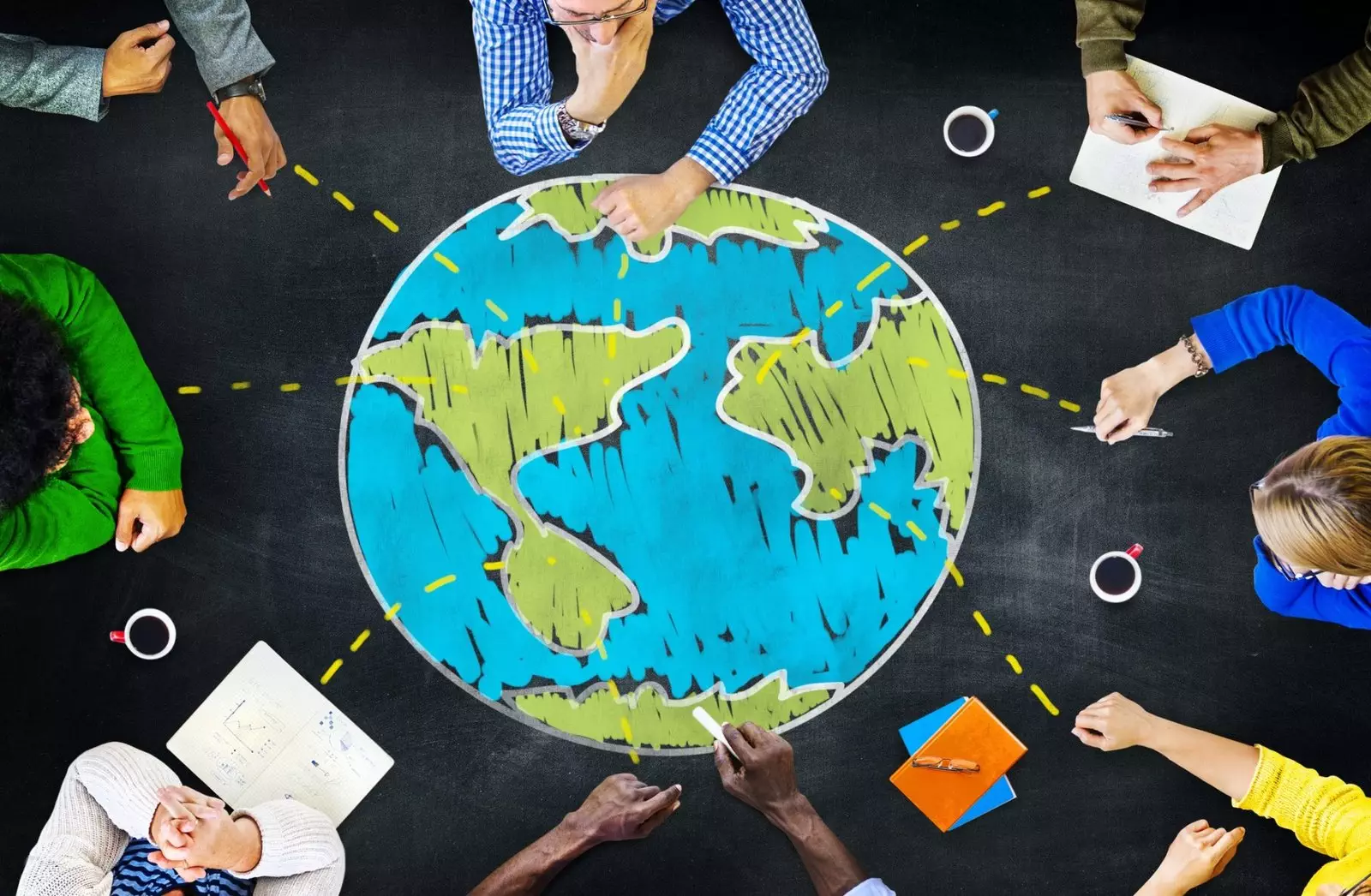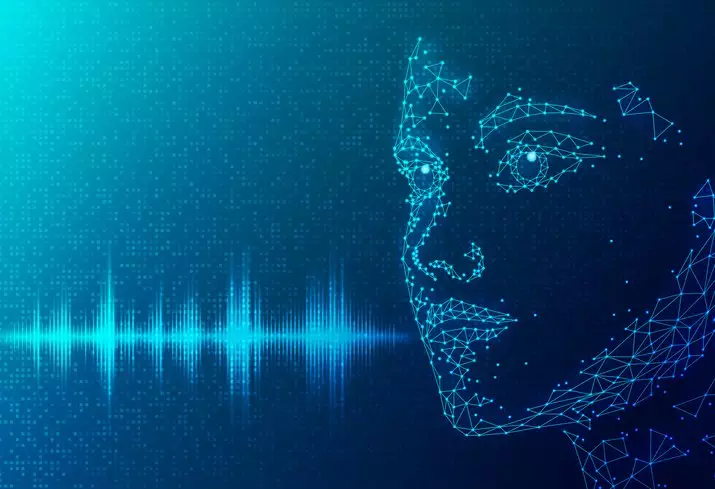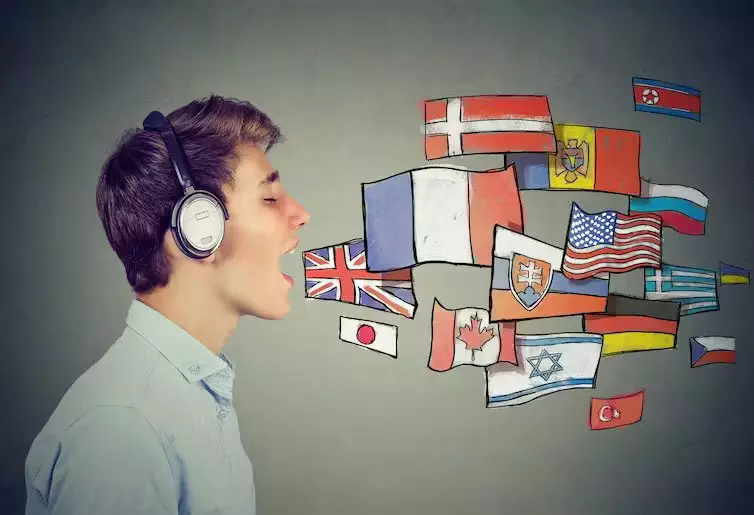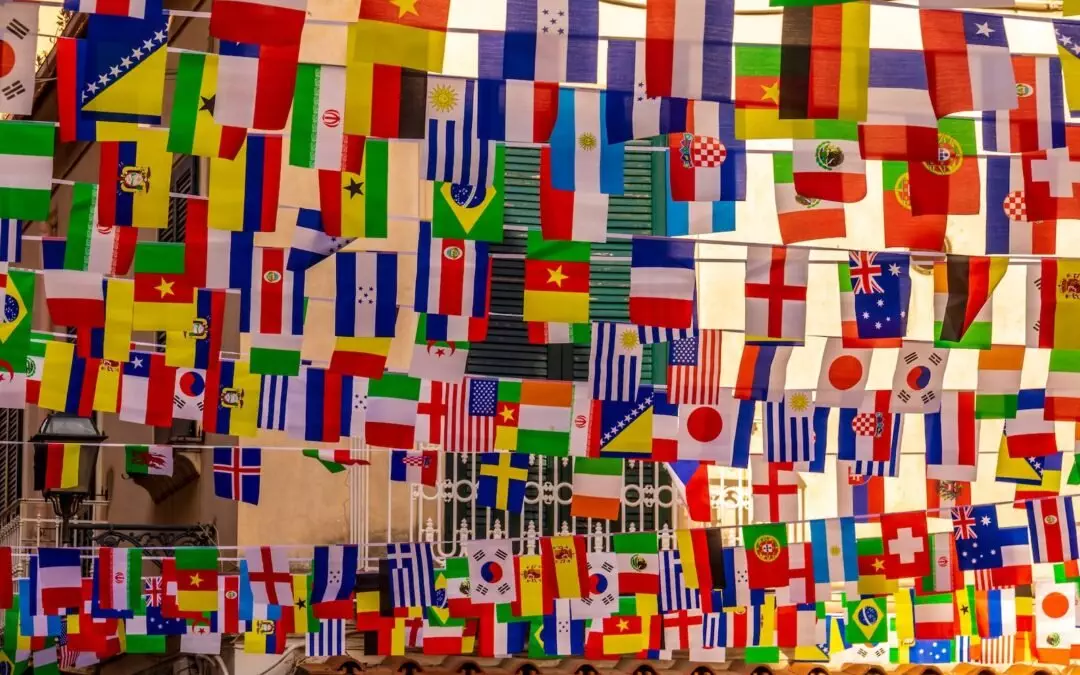It has been barely a year since ChatGPT’s introduction, and it has already made significant disruptions across various sectors, causing widespread concern about the future of employment, particularly in the field of foreign languages translation. Generative AI models have become exceptionally skilled at translating text with high accuracy, especially for commonly spoken languages. Companies like Hey Gen are pushing the boundaries even further.
Currently, they can take a video of an individual speaking in their native language, replicate their voice, translate the speech automatically into any desired language, and synchronize the lip movements so that it appears as if the individual is genuinely speaking the selected language. This advancement marks just the beginning. Soon, we may be able to have our spoken language translated into another language of our choosing, synchronously and in real-time. Such technology is poised to have a substantial impact on sectors like translation, interpretation, and voice acting, among others and we can mainly categorise it into 2 categories:
- Conversational generative AI – These are models that can now replicate and simulate human conversational dynamics to a strikingly realistic degree.
- Deepfake technology – This refers to audio-visual technologies capable of cloning voices and facial appearances with remarkable fidelity.
In the example below I use the HeyGen service to clone my voice and lips and then translate a message in 10 languages. Whilst in English and Latin Languages it is fairly proficient, it clearly lacks the right intonation for others, but nevertheless does a pretty good job. Out of the 10 languages I tested, can you tell which is organic? (only one is) Let me know in the comments.
Good guess! And it is pretty amazing, although it’s still not perfect. Whilst it does a pretty good job with English and Latin-based Languages, it struggles with others, such as Hindi, Japanese, Korean or Mandarin.
However, my current concern extends beyond the capacity of the “Language industry” for reinvention to the broader implications such technology may have for humanity. To fully grasp the potential impact, let us consider the good, the bad and the ugly of the technology that is unfolding before us.
The Good
Let’s assume for a second that we do get to a point where we can fully rely on these algorithms to translate with an accuracy of 99%. If that is the case, it will mean these algorithms will become masters of intercultural communication and will truly understand converging or diverging points of cultures across the world.

Communication and Connectivity
On the one hand, A.I. translation/interpretation is extremely exciting as it’s promising to break down linguistic barriers across the globe. Personal and business interactions could be massively improved and aided by this technology to improve accessibility. Having easy access to realistic voice and video syncing allows, in turn, for authentic-feeling conversations, preserving individual identity and expression across languages.
Let’s imagine an international conference that uses AI-driven interpretation with deepfake technology, enabling speakers to present in their native languages. The audience, sees and hears the presentation in their own languages, with the speaker’s voice and facial expressions accurately preserved in real-time.
Cost Efficiency and Reach
Traditionally translating and localising content for business has only been reserved for the privileged sector. This new technology drastically reduces the costs extending the reach of smaller educational, informational, and entertainment media on a global scale.
Cost-effective scaling of content localization, and maintaining the original tone, nuance, and facial expressions can empower grassroot organisations across the world.
Let’s imagine a small start-up creating an educational app that uses AI to localize its content in multiple languages, including interactive videos with lifelike avatars of educators speaking fluently in the user’s native language. This allows them to reach a global market without the prohibitive costs of traditional localization methods.
Cultural Exchange and Preservation
The current A.I. technology can be used to facilitate richer cultural exchange and enhance the learning experience by providing personalised accurate translations and cultural representations based on the learner’s preferences. The technology could be leveraged to preserve endangered languages and dialects, providing a platform for cultural education through lifelike simulations of native speakers.
Let’s imagine an educational series featuring classes with the last native speakers of a dying language. A.I. and deepfake technologies could be used to create avatars that speak and express themselves in that language. The content could then be made accessible to a global audience, providing an immersive educational experience, and aiding in the preservation efforts of the language and culture.
The Bad
What if we can’t fully trust that an algorithm will convey the right message in the given language, especially when it comes to important communication scenarios that could threaten lives? How do we best manage this risk going forward?

Conflict amplification
In high-stakes situations, mistranslations or misrepresentations by algorithms could lead to severe consequences. Let’s imagine an international crisis where a diplomatic message is translated by an AI system, but it inaccurately conveys the tone or a key phrase, leading to a misinterpretation that escalates tensions. The nuance of human emotion and cultural context is lost, potentially triggering a diplomatic incident or conflict.
Unhealthy translations
Mistranslation by AI in medical contexts could lead to incorrect treatments, misdiagnosis, and severe health risks. Imagine a patient with a rare allergic reaction being treated in a hospital where the staff relies on AI for translation due to a language barrier. The AI system incorrectly translates the patient’s description of their symptoms and allergy information, leading the medical team to administer a drug that causes a severe allergic reaction instead. The lack of precise and nuanced understanding by the AI in translating medical terminology and patient-specific information could result in life-threatening situations or fatal outcomes.
The misuse of deepfake and voice cloning technologies can lead to violations of privacy, consent issues, and the potential for fraud and character defamation. Any individual’s likeness and voice can be cloned without consent to create a video that falsely shows them making derogatory or harmful statements in virtually any language available.
The Ugly
Language is an intricate tapestry of cultural nuances, historical context, and geographical boundaries. It is so much more than words—it is a portal to understanding people’s worldview. A firm trust in the capabilities of AI to navigate these complexities threatens to heavily dilute this rich exchange. By delegating the task of translation to algorithms, we risk the commodification of communication, stripping it of the empathetic and human elements essential for deep intercultural understanding.
Where does this trend leave us humans, as communicators? Will we become mere bystanders in the narrative of intercultural dialogue? As algorithms take the wheel, guiding us through conversations and cultural exchanges, we stand to lose the very essence of what makes communication human: the shared effort to bridge gaps, the mutual exchange of perspectives, and the intrinsic desire to connect beyond words.
Let’s imagine (or not) a world where humans no longer engage in the painstaking but rewarding process of language learning and cultural immersion. The consequence is not just the loss of linguistic skills but a collective atrophy in our ability to discern and appreciate the rich tapestry of human cultures.
In an ironic twist, the technological advancements designed to bring us closer together may instead foster greater division. If linguistic subtleties and cultural contexts are lost in automated translation, the superficial understanding that results could reinforce stereotypes and widen gaps in cultural comprehension. Countries, cultures, and communities might find themselves encapsulated within digital bubbles, interacting through a filter that distorts rather than clarifies and isolates rather than unites.
This potential for increased separation poses a sobering question: Are we engineering a world where the very tools that could unite us across continents also create invisible walls between us? The risk is a segregated global village, where the common language is one of convenience rather than connection, leading to a mosaic of cultures that stand side by side yet are worlds apart.
In this homogenized, algorithm-driven world, the risk of manipulation by those who control the technology becomes a stark reality—a dystopian future where language is no longer a tool for understanding but a mechanism for control.
The Way Forward
Establishing robust ethical guidelines for the development and use of AI in language translation and deepfake technologies can help mitigate misuse. This could include standards for transparency, such as requiring disclosures when a voice or image has been synthesized, and ensuring that A.I. developers respect user consent and privacy. There are several mitigation strategies we should keep in mind going forward:

Education and Public Awareness
Increasing public awareness about the capabilities and limitations of AI and deepfake technologies can help people critically evaluate the authenticity of digital content. Educational programs can teach individuals how to spot deepfakes and understand machine translations’ nuances.
Multilayered Verification Systems
Implementing verification systems that can detect manipulated content and mistranslations is crucial. These systems can use a combination of AI algorithms designed to recognize patterns indicative of fakes and human oversight for nuanced verification.
Regulatory and Legal Measures
Governments could introduce regulations that hold developers and users of AI and deepfake technologies accountable for malicious use. Legal measures could provide recourse for individuals who are harmed by these technologies.
Human-AI Collaboration
Encouraging a collaborative model where AI aids human translators and communicators rather than replacing them can leverage AI’s efficiency while retaining human insight. This synergy can ensure cultural nuances and subtleties are not lost in translation.
Technological Advancements in Detection
Investing in the development of more sophisticated AI that can detect deepfakes and translation errors is critical. As deepfake technology evolves, so too must the tools designed to detect and combat it.
Professional Training
For translators, interpreters, and communication professionals, training should evolve to include skills for working with AI tools effectively and ethically, as well as strategies for ensuring accurate and culturally sensitive translations.
Crisis Management Protocols
In critical communication scenarios, like international relations or healthcare, protocols should be in place to manage any AI-related misunderstandings swiftly. Such protocols might involve immediate human intervention and cross-verification methods.

